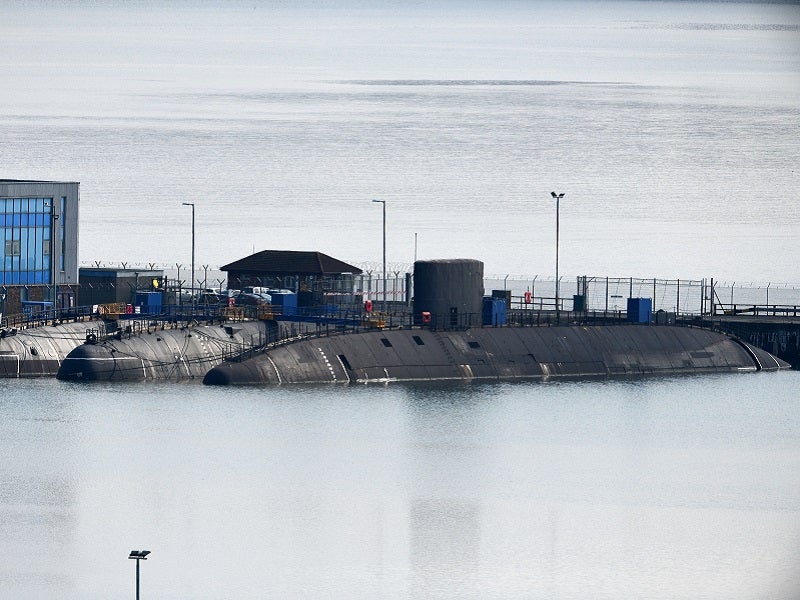
The UK Ministry of Defence (MoD) will hold a market engagement day later this year at Babcock Marine’s Rosyth dockyard to determine industrial capabilities ahead of beginning the initial phase of the Submarine Dismantling Project (SDP), a programme to scrap dozens of nuclear-powered submarines once in service with the Royal Navy.
In collaboration with the UK Defence Equipment Sales Authority, the event, to be held on 12 October this year, will focus on plans for the first submarine – the former HMS Swiftsure – to be recycled within the boundaries of the Rosyth dockyard.
The current timeline will see Babcock Marine award a recycling contract on behalf of the MoD in Q2 2023 for the HMS Swiftsure stage only. Commissioned into service in 1972, HMS Swiftsure was the lead boat in the Swiftsure-class nuclear-powered submarines (SSN) and operated until its decommissioning in 1992.
According to an official MoD notification of the intention to conduct the market engagement day, the event is intended to “ensure continued market awareness of this opportunity” as well as to “gauge the UK market’s appetite, capacity and capabilities” in its ability to recycle a nuclear submarine.
The majority of submarines stored at Rosyth, Scotland, and Devonport, England, are thought to have been defuelled since being decommissioned, although hazardous and classified materials remain onboard, requiring specific clearances and capabilities to be disposed of safely. The SDP’s mandate is intended to fully dismantle 27 of the UK’s nuclear-powered submarines after they have been defuelled, including the ballistic missile boats (SSBN) that housed the country’s nuclear deterrent.
Following a public consultation, a decision was taken to demonstrate how the MoD will dispose of such platforms on a single vessel (HMS Swiftsure), with the first dismantling taking place inside the boundaries of Rosyth dockyard to ensure containment of “technical risks” associated with the programme.
Known as Disposal 26, the project to dismantle and recycle HMS Swiftsure is planned to get underway in 2026. Through this initial stage, further options for the dismantling of six additional submarines held at Rosyth plus a further 20 boats stored in Devonport, Plymouth, will be determined.
Decision for Devonport
In February this year, the MoD revealed that HMS Valiant would be the first nuclear-powered submarine in Devonport to undergo dismantling. According to a 2019 investigation by the UK’s National Audit Office into submarine defuelling and dismantling, the MoD has spent an estimated £500mn since 1980 on storing and maintaining its retired nuclear submarines.
HMS Valiant was commissioned into service in 1966 and served for less than 30 years before being decommissioned in 1994.
The boats at Devonport and Rosyth are kept in an afloat condition, having had their nuclear reactors removed for disposal. However, the complicated nature of scrapping and recycling a nuclear submarine has meant that the boats have been left hidden in plain sight, as the MoD determined the best method to dispose of the vessels.
The UK currently has five of the latest Astute-class SSNs in service or commissioned (Astute, Ambush, Artful, Audacious, and Anson), along with a single remaining Trafalgar-class SSN, HMS Triumph. In addition, the RN operates four Vanguard-class SSBNs (Vanguard, Victorious, Vigilant, Vengeance), which will be replaced by the incoming Dreadnought-class submarines, with the first-in-class currently in manufacture at the BAE Systems yard in Barrow-in-Furness, UK.







